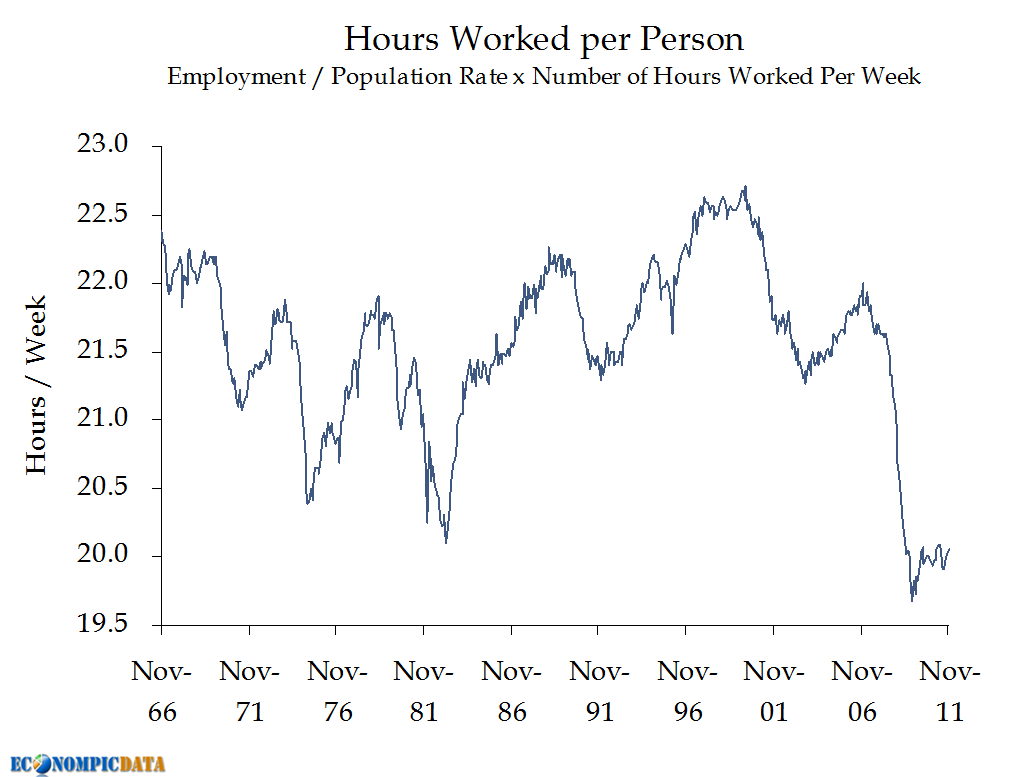

There are approximately 52 weeks in a calendar year. In this article, we explain how many workweeks are in a year, provide steps for calculating workweeks in a year and answer some frequently asked questions about workweeks. Knowing the number of workweeks in a year can also help you calculate how much you earn per week or year with greater accuracy. When you know the number of workweeks in a year, it might be easier to make plans and schedules for both your work life and personal life. In general, the rules on working hours apply to all employees.A workweek comprises the total number of days during which employees work in a calendar week. Exemptions from the rules on working hours However, the average number of hours in the period must not exceed the statutory limits for normal working hours. 48 hours per 7 days or 48 hours on average during a period of 8 weeks.On the consent of the Labour Inspection Authority:įor a period of up to 26 weeks, working hours may be distributed as follows: Nor may extended working hours be worked continuously for more than eight weeks. But normal working hours shall not exceed 54 hours in a week. The limit of 48 hours per seven days may be calculated according to a fixed average over a period of eight weeks provided. However, the average number of hours in the period must not exceed the statutory limits for normal working hours.Īgreement between the employer and employees’ representatives in an undertaking bound by a collective pay agreement. But normal working hours shall not exceed 50 hours in a week. The average number of hours worked must be within the limits for normal working hours.Ĭalculation on the basis of a fixed average may be agreed in writing between the employer and the employee, be laid down in a collective agreement between the employer and a group of employees or be practised in accordance with a dispensation granted by the Labour Inspection Authority.Īgreement between the employee and the employer:įor a period of up to one year, working hours may be distributed as follows: This means that you may work more than the limit for normal working hours during certain periods in exchange for working correspondingly shorter hours during other periods. The normal working hours may be calculated on the basis of a fixed average. Calculation on the basis of a fixed average However, they must then have an off-duty period of at least 14 hours (11 hours + 3 hours as compensation for a lost rest period). For example, an employee may work 16 hours, take 8 hours off, and then work another 16 hours. This period of rest must be taken no later than after finishing the second work period. It is possible to agree on a shorter off-duty period per 24 hours if the employee is given an equivalent period of rest (hour for hour). The weekly number of leisure hours cannot be reduced. 35 hours of continuous off-duty time per 7 daysĮmployers and employee-elected representatives in undertakings bound by a collective agreement may agree on shorter continuous off-duty periods, but no shorter than:.11 hours of continuous off-duty time per 24 hours.This is to ensure enough rest and leisure time for employees. There are rules for daily and weekly off-duty periods. This break will be considered part of working hours. If an employee works more than two hours after regular working hours have ended, the employee will be entitled to another break of at least half an hour. If an employee must remain at the workplace during their break, or if there is no adequate break room, the break shall be considered part of working hours. If daily working hours total eight hours or more, breaks must collectively amount to at least half an hour. BreaksĪn employee is entitled to at least one break if their daily working hours exceed five and a half hours. The employer shall keep an account of the employee’s working hours. The duration and disposition of the daily and weekly working hours must be stated in your employment contract. If you work shifts, nights or Sundays, normal working hours are 38 or 36 hours a week. The limits prescribed by the Working Environment Act for normal working hours are: These limits are laid down in the Working Environment Act, but may also be regulated by your employment contract and by any collective agreements. There are limits for how much you may work per 24-hour day and per week. The time the employee is not at the disposal of the employer is referred to as off-duty time. The Working Environment Act defines working hours as time when the employee is at the disposal of the employer.


 0 kommentar(er)
0 kommentar(er)
